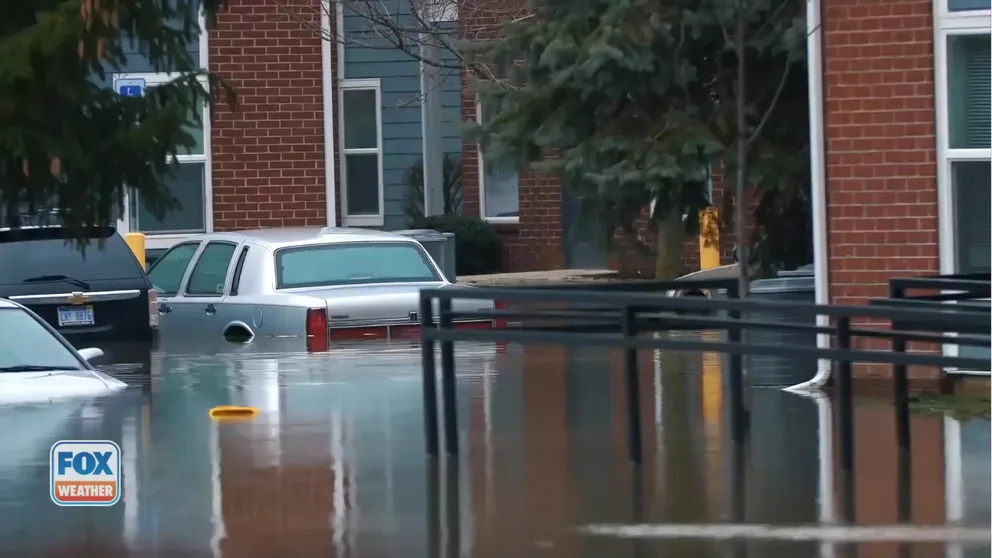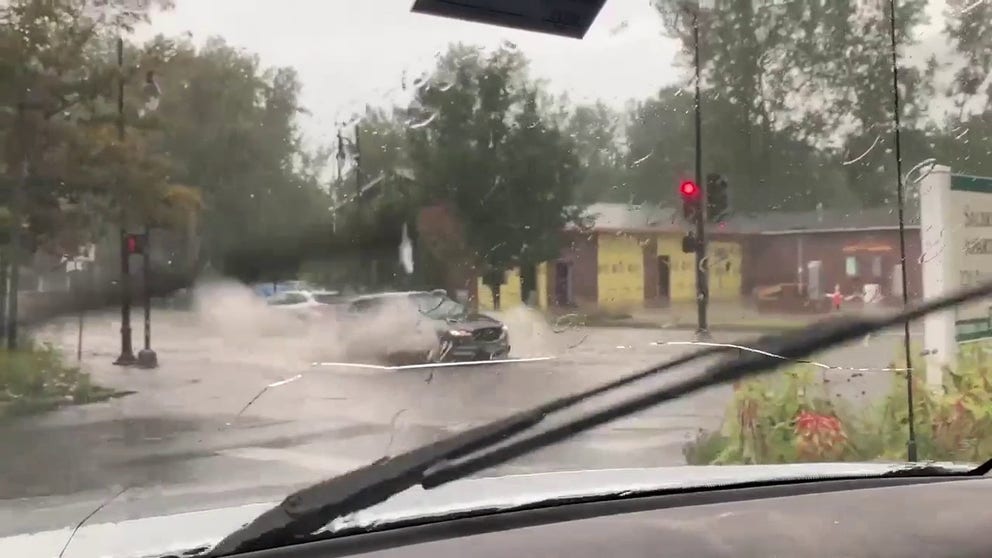Flood Watch, Warning and Emergency: Here are the differences that could save your life
Knowing the differences in these flood-related terms could save your life. Remember: Turn around. Don’t drown. It is never safe to drive through floodwaters
Explaining Flood Alerts from the NWS
Flood alerts? The National Weather Service has been issuing flood alerts for years, here is how do you understand them and what do they mean.
Flooding is one of the top weather-related killers in the U.S. each year.
Knowing the differences between all the flood-related alerts that are issued by the National Weather Service can help keep you safe in the event waters start to rise.
Remember: Turn around. Don’t drown. It is never safe to drive through floodwaters.
Here are the terms you should know.
What's the difference between a flood and a flash flood?
Flash flooding in Vermont due to storms
Roads are taken over by floodwaters in Burlington, Vermont. (Video: Matt Sutkoski)
A flood happens when an existing body of water, such as a lake, a river, a stream or a creek, overflows onto dry land. The term can even include drainage ditches. Floods do not usually have rushing water and are usually longer-term events.
A flash flood occurs when heavy rain falls quickly, causing rapid rises in water levels in a particular area. They are usually characterized by rushing water that sweeps away things such as debris, vehicles and even people. Flash floods are usually short-term events that can dissipate nearly as quickly as they began.
WHY RARE ‘HIGH RISK’ FLOOD DAYS NEED TO BE TAKEN SERIOUSLY
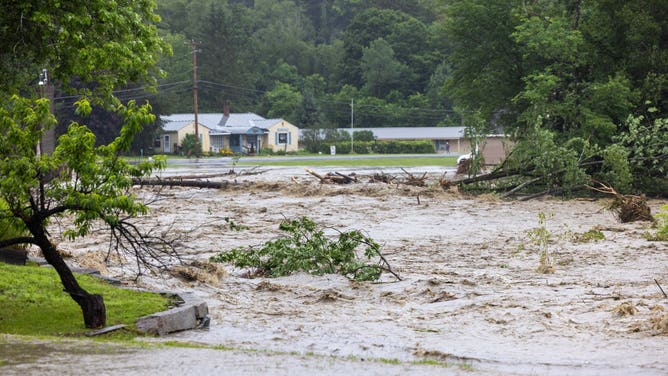
WINDHAM, VERMONT: Water floods around homes as the river overflows along Route 11 on July 10, 2023 in Windham, Vermont. (Photo by Scott Eisen/Getty Images)
(Getty Images)
The difference between a Flood Watch, Flood Warning, Flood Emergency
The NWS can issue a watch or warning for either type of flood event. An emergency is reserved for a flash flood.
Below are the differences between a Flash Flood Watch, a Flash Flood Warning or Flood Warning and a Flash Flood Emergency.
What is a Flash Flood Watch?
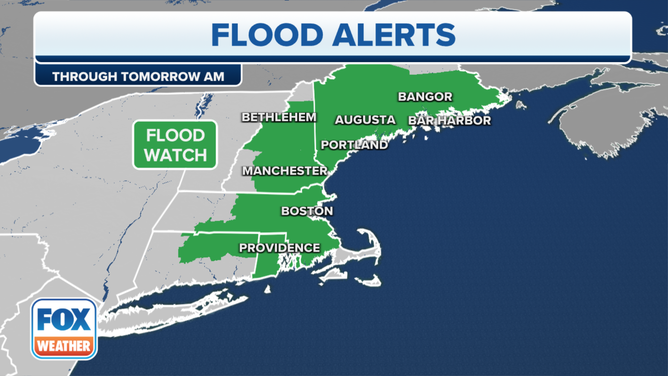
An image showing an example of a Flood Watch. (Not a current map)
(FOX Weather)
A Flood Watch or Flash Flood Watch is issued when government meteorologists believe conditions are favorable or will become favorable for these types of events to occur. This type of alert is usually issued for a large area and is the NWS’ way of telling you to be prepared for flooding.
What is a Flash Flood Warning?
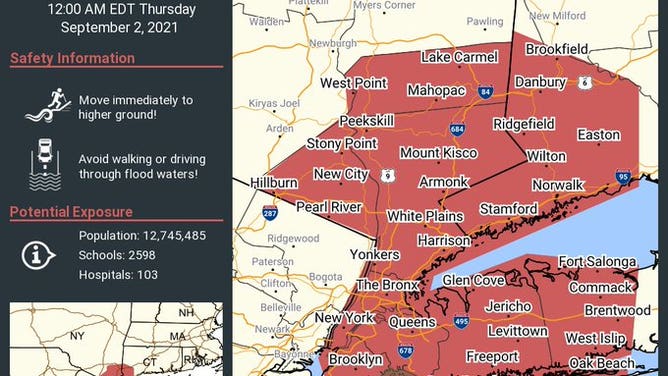
An image showing an example of a Flash Flood Warning. (Not a current map)
(National Weather Service)
A Flood Warning or Flash Flood Warning means that a flood or flash flood is happening, and you need to take action. These warnings are usually issued for a specific area.
For flood warnings, you need to keep a close eye on water levels in your area and move to higher ground if those levels start to increase. This is especially true for people who live in flood-prone areas.
For Flash Flood Warnings, you should immediately seek shelter on higher ground.
What is a Flash Flood Emergency?
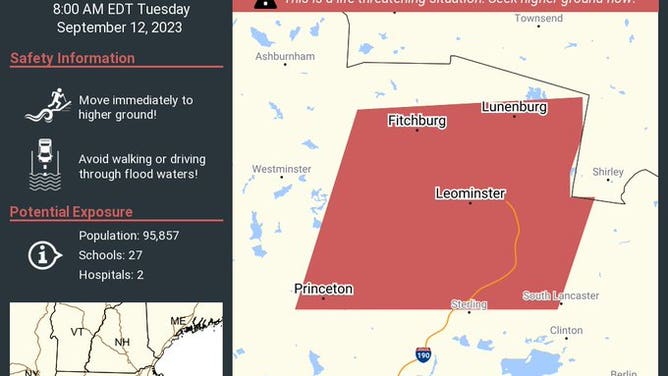
An image showing an example of a Flash Flood Emergency (Not a current map).
(National Weather Service)
This is the most dire of all the flood alerts that the NWS can issue. They are rarely issued and are reserved for flash floods.
A Flash Flood Emergency means there is a severe threat to human life from a flash flood, and catastrophic damage is happening or will happen soon. You should move to higher ground immediately.
